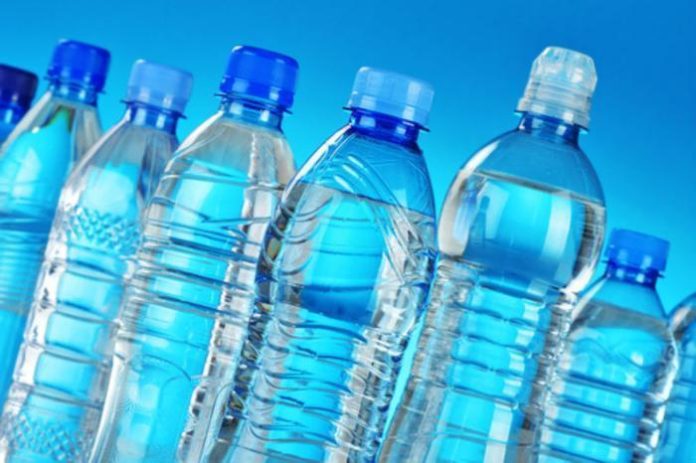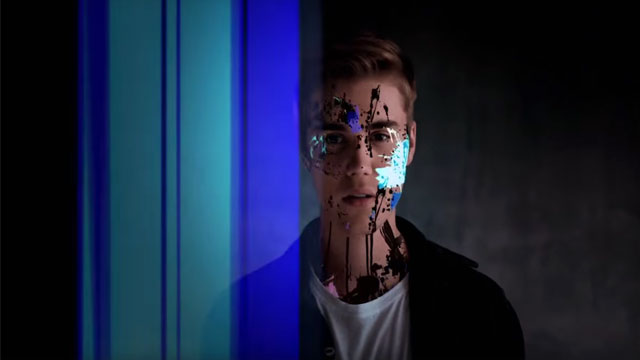Although water is the most popular drink in the United States right now – it’s been that way for at least a few years, as well – people often don’t get as much water as they should each day. Drinking bottled water makes it easy to carry around the tasteless, odorless, oh-so-necessary beverage around with you wherever you go.
One downside to bottled water is the massive amount of plastic that it leaves behind for the environment to collect. Although many of these bottles are recycled to be used by water bottle manufacturers again or in other applications, most water bottles do, in fact, end up in landfills and littered around the third rock from the Sun.
People have grown concerned with being healthy more than they have over the past 20-plus years – the same goes for being concerned with how well the environment is preserved for future generations. This juxtaposition of ideas has caused some people to move toward refillable, washable bottles to drink water or other beverages out of. However, we clearly need some help in shifting people toward drinking water that’s not sold in bottles.
One thing that would definitely help is regulations that ban bottled water, or require manufacturers not to pump out bottles of water that are smaller than a gallon per unit, for example.
The San Francisco International Airport has done this just recently – the former thing, not the latter, which would be much harder to implement – reminding people visiting the airport today, on Tuesday, Aug. 20, 2019, that they would have to drink from any of the many water fountains that are spread across the facility, bring along their very own refillable bottle, or purchase glass or aluminum water bottles that have been approved by the San Francisco International Airport.
The move is part of a greater effort pumped out by the San Francisco International Airport to become the very first no-waste airport in the entire world by 2021. In order to be considered “no-waste,” according to Zero Waste Alliance, the facility would be required to divvy off some 90 percent of waste that it goes through from landfills and incinerators. This can be done through composting and recycling waste as much as possible.
Bottled water can, in fact, be sold in the airport, though it must be in bottles of at least one liter in terms of volume. Bottled water also can’t be sold in the airport unless it is engineered specifically to be used more than once.







